Three saving packages for 85$
5
bags double 20 grams in each pack
The fruit (tunas) and the branches (nopal) are unique and of a high quality when compared to others globally, and are grown organically without chemicals or pesticides. The new varieties have become the base to create new dishes and nutritional products. Both the fruit and the green branches can be eaten as everyday fresh produce. Both the fruit and the vegetable (branches) are harvested throughout the year. Compared to other produce, the cost of production is relatively low, albeit with a high yield and quality. The new cactus (both fruit and the vegetable) should be a daily ingredient in food preparations, especially for overweight populations, children, the elderly or those suffering from diabetes. The qualities of the new cactus lead it to be desirable as a basic food item, and should be added to the typical foods consumed by people around the world as part of a balanced diet.
“Orly Cactus in israel has a research and development unit for food production. Products we have developed include confectioneries, ice creams, milk based puddings, pickles, salads, juices, frozen branches ready for cooking, pulp of branches and fruit pulp. Additionally, bread, breakfast snacks and baked goods. Used as an additive for nutritional purposes (to lower fat and sugar) to prepared dishes, meat and milk products. The new cactus has an inert taste, and it lends itself to endless diverse flavors. It has a unique physiology which lends itself to easy blending with the food industry. The new cactus answers the needs of the global market, as it is grown organically, does not require pesticides or herbicides that would affect local groundwater. The fruit also has a heavier mass in compared to traditional fruit – the production potential is clear. Additionally it requires a smaller amount of water by a large margin compared to other fruit production. From an agro-technical perspective, it can be grown in a variety of climates around the world, to be grown as the main produce on large fields or to be an “add-on” to existing produce being grown, with intensive irrigation or relying on natural precipitation.
Prickly pear, scientifically known as Opuntia ficus-indica, is a member of the Cactaceae cactus family. It’s also called nopal, tuna, sabra, and paddle cactus.
The prickly pear cactus has wide, flat, green pads (or paddles) that are commonly referred to as nopales. Nopales are edible and served in Mexican egg dishes, salads, tacos, and soups (1).
They are fairly crunchy but can have a slimy texture, depending on how they’re prepared. The taste of nopales has been described as vegetal, slightly tart, and citrus-like (1).
The small, oval fruit that grows on top of nopales is the prickly pear, also known as tuna. It varies in color and can be green, pink, red, purple, or yellow-orange (1).
The flesh of prickly pears is juicy, contains seeds, and has a sweet taste similar to that of watermelon. You can eat prickly pear flesh raw or cooked. It’s often turned into juice and added to cocktails or cooked down into jams. Prickly pear flowers are also edible (1).
As the name suggests, prickly pear fruit and pads have prickles on their exterior. Known as glochids, they can stick to your hands and be very painful. Glochids need to be removed before consuming prickly pear (1).
Since it mainly grows in desert environments, prickly pear is very common in Mexico and the American Southwest. In fact, prickly pear cactus is the state plant of Texas. It is also grown in Italy and other parts of the Mediterranean (2Trusted Source).
You can find prickly pear fruits (and nopales) at markets and grocery stores in these areas. They may also be imported to grocery stores in other locations, particularly Mexican food markets and grocery chains that carry unique fruits or ingredients.
Due to the many beneficial plant compounds and nutrients it contains, prickly pear was used in Mexican folk medicine to treat ulcers, liver conditions, and other issues. The potential medicinal properties of this cactus fruit continue to be explored (2Trusted Source, 3Trusted Source).
SUMMARYPrickly pear is the name of the oval fruit with prickly skin and juicy flesh that grows on top of cactus paddles. It’s a common ingredient in Mexican cuisine and was historically used for medicinal purposes.
Prickly pears are a good source of dietary fiber, providing about 19% of the DV in 1 cup (149 grams). They contain both soluble and insoluble fiber, both of which are important for healthy digestion (4Trusted Source, 5).
The magnesium, potassium, and calcium in prickly pears are key nutrients for healthy blood pressure, while vitamin C plays an important role in immune system health (6Trusted Source, 7Trusted Source).
Prickly pears also contain many beneficial plant compounds, including phenolic acids, flavonoids, and pigments, which act as antioxidants.
Antioxidants help prevent oxidative damage that’s caused by reactive molecules called free radicals and can lead to disease (2Trusted Source, 3Trusted Source).
SUMMARYPrickly pears are good sources of fiber and provide several vitamins, minerals, and antioxidant compounds.
Many of the purported benefits of prickly pear stem from its fiber and antioxidant content. While few human studies have analyzed prickly pear’s ability to promote health, preliminary research suggests promising results.
Weight loss
The fiber in prickly pear cactus plants may aid weight loss by binding to dietary fat, increasing its excretion and reducing energy absorption (8, 9Trusted Source).
A study including 20 healthy adults found that taking 2 tablets, each containing 500 mg of cactus fiber, 3 times per day (a total of 3 grams of cactus fiber daily) after meals led to significantly more fecal fat excretion, compared with a placebo (9Trusted Source).
The study authors concluded that these results supported the idea that cactus fiber could play a role in weight loss by reducing the amount of dietary fat available for absorption. However, they did not measure weight loss in the participants (9Trusted Source).
However, other studies on cactus fiber tablets’ ability to increase fecal fat excretion have tracked weight loss. One 12-week study noted that supplementing with cactus fiber led to greater weight loss, compared with a placebo (8).
While the results of these studies are interesting, it’s important to note that they have focused on fiber tablets derived from the prickly pear cactus plant — not the fruit itself.
A typical prickly pear fruit contains more than three grams of fiber and is relatively low in calories, so you may see similar weight loss benefits. However, more research is needed to understand how eating prickly pear may play a role in weight management (4Trusted Source).
Skin and hair
Eating prickly pear is often boasted as a way to get glowing skin and shiny hair. Variations of prickly pear are even added to hair conditioners and skin care products.
Some of its compounds and nutrients, like vitamin C and betalain pigments, have anti-inflammatory and antioxidant effects. Prickly pear also contains polyunsaturated fatty acids, especially in the seeds and peel, which play a role in skin and hair health (10Trusted Source, 11Trusted Source).
A small study including 18 healthy adults found that consuming 250 grams of prickly pear fruit pulp twice daily for 2 weeks was comparable to a vitamin C supplement in regards to increasing blood levels of the antioxidant vitamins C and E and reducing oxidative stress (10Trusted Source).
The antioxidant boost from prickly pear may improve skin and hair health by protecting against damage to these areas caused by oxidative stress related to aging, inflammation, sun exposure, or other causes (12Trusted Source, 13Trusted Source).
Still, no studies have specifically focused on prickly pear’s benefits for skin or hair. As such, the theory that antioxidant-rich prickly pair protects against skin and hair damage is mostly untested.
However, topical applications of prickly pear for skin — but not hair — have been studied.
One study in test tubes and rats found that oil pressed from prickly pear seeds had antimicrobial effects against skin infections and wound-healing properties (14Trusted Source).
Whether topically applying prickly pear oil to human skin or eating prickly pear fruit would have similar benefits for skin health is unclear. Overall, the skin and hair benefits of prickly pear are not yet fully understood.
Diabetes
Another possible benefit of prickly pear is its use in blood sugar management and diabetes complications.
The soluble fiber pectin in prickly pears may have blood-sugar-lowering properties and beneficial effects on blood fat levels (15Trusted Source, 16Trusted Source).
Some preliminary studies in humans suggest that prickly pear consumption may decrease fasting blood sugar levels and post-meal insulin levels in both healthy adults and those with type 2 diabetes (15Trusted Source).
However, the findings have been mixed, and the effects of prickly pear seem to be largely dependent on the form of consumption and the part of the plant used.
One review of 20 human studies found that consuming the flat pads of the prickly pear cactus led to significant reductions in blood sugar and insulin levels. The prickly pear fruit had no significant effects on blood sugar (15Trusted Source).
However, prickly pear fruit may be more beneficial than the pads when it comes to heart health. Many people with type 2 diabetes have high triglyceride and total and LDL “bad” cholesterol levels, which may increase the risk of heart disease (17Trusted Source, 18Trusted Source).
Eating prickly pear fruit may lead to significant reductions in total and LDL cholesterol levels, according to another systematic review of 11 studies including both healthy adults and those with type 2 diabetes and other metabolic conditions (17Trusted Source).
On the other hand, the consumption of cactus pads or powders made from this part of the cactus did not appear to have equally beneficial effects on blood fat levels (17Trusted Source).
More research is needed to understand how much and what form of prickly pear is most helpful for managing blood sugar levels and improving blood fat levels.
Liver health
Prickly pear has been historically used to treat liver problems, and some modern studies back this idea.
It’s thought that the antioxidant compounds in prickly pear help protect against inflammation and oxidative stress that can damage the liver (11Trusted Source).
One study in rats with obesity found that eating prickly pear cactus may protect against nonalcoholic fatty liver disease, in part by decreasing oxidative stress (19Trusted Source).
Another study in mice suggested that prickly pear juice helps prevent liver injury caused by chronic alcohol consumption by enhancing antioxidant status and preventing oxidative damage triggered by alcohol (20Trusted Source).
Prickly pear may have similar effects in humans who drink alcohol. A study in 55 healthy adults found that taking an extract of the cactus plant before drinking alcohol helped reduce hangover symptoms and blood markers of inflammation more than a placebo (21Trusted Source).
However, more research in humans is needed to better understand prickly pear’s effects on liver health. It’s also unclear whether consuming prickly pear fruit offers benefits comparable to those of consuming other parts of the plant.

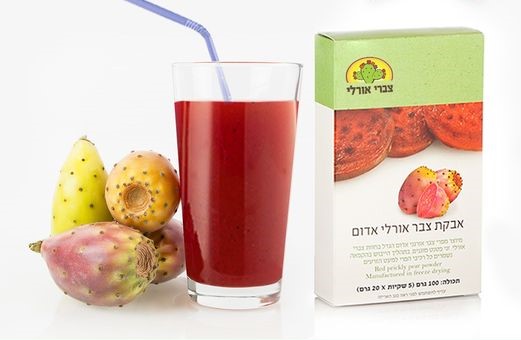

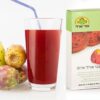
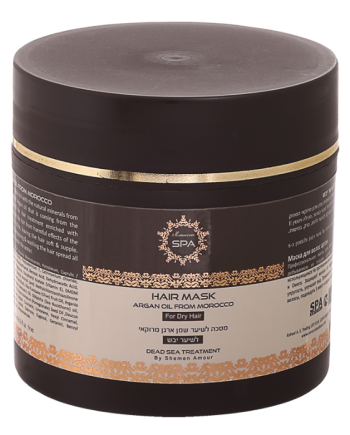
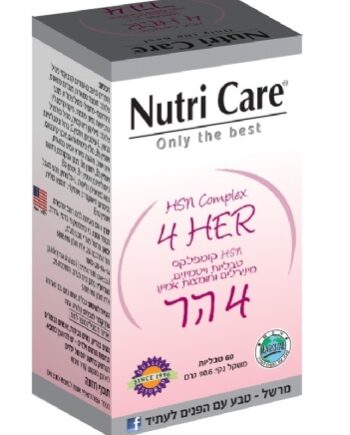
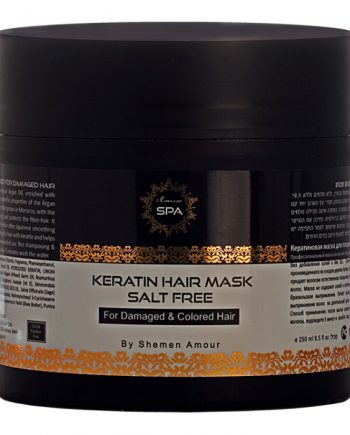
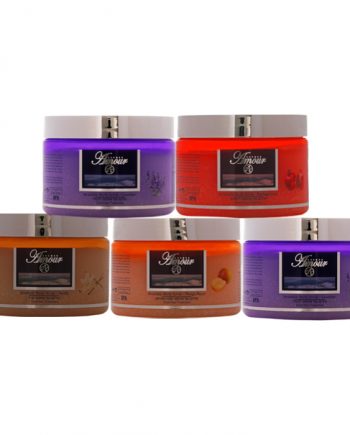
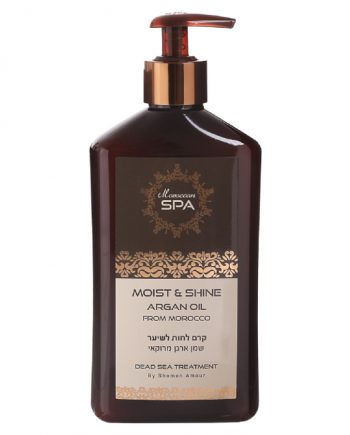
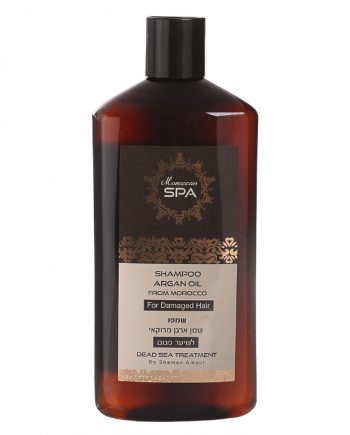
Reviews
There are no reviews yet.